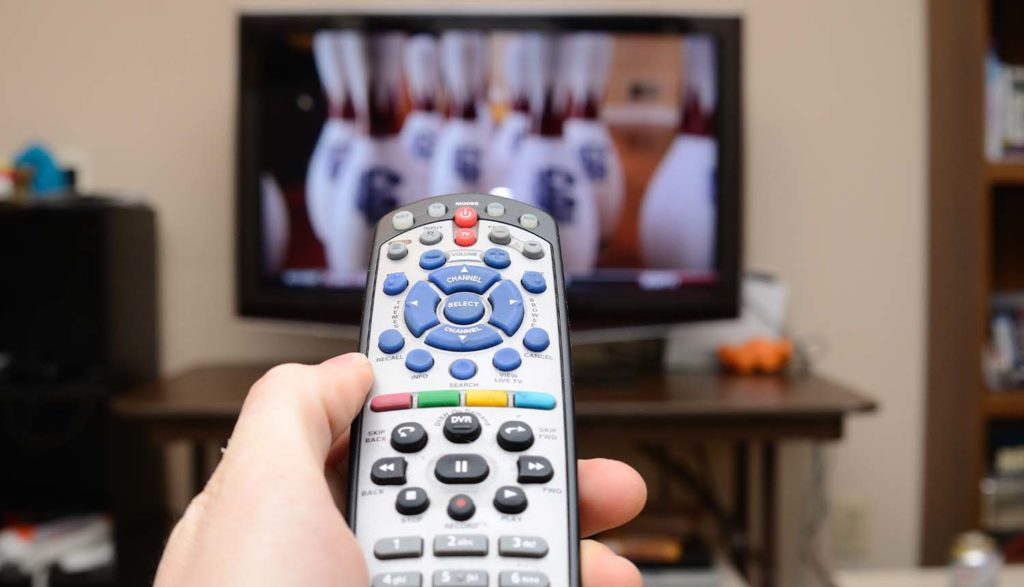You may have heard that for the first time, streaming viewership recently surpassed cable TV viewership. They’re still pretty close, but this past July the Nielsen media firm noted that cable was plunking along with a 34.4% share of total viewership and major streaming sites clocked a record-breaking 34.8%.
Now that might generate a big ol’ ho-hum from you, but it’s kind of important. Some are even calling it the beginning of the end for the high-priced cable industry. Though actually that beginning has been happening for a while now.
Cable TV was first a thing way back in 1948, believe or not. Most people were still clicking through the amazing show offerings on a massive network of … three channels at that point. But it didn’t take all that long for people to catch on that there was so much more to watch. By 1989, more than 50 million households were accessing cable’s wealth of programming. And by the year 2000, that number peaked somewhere around 80 million.
It’s been pretty much downhill for cable ever since. As cable subscription prices rose and the streaming industry was born (YouTube was launched in 2005, and Netflix began its streaming service in 2007), TV lovers had new options. And these days, not only can you subscribe to a bunch of streaming services for less than a single cable subscription, but you can also watch those streamers anywhere you want on any device you might want to carry.
Since the turn of the century, cable subscriptions have declined at the pace of about a million users per year. (In fact, in 2021 alone, over 4.5 million viewers said aloha to cable.) And now subscription numbers are at their lowest point in over 40 years according to a recent report from Leichtman Research Group.
So, what that does all that mean for you?
Well, if you’re a parent, it’s tricky. Back in the days of cable, you could opt out of R-rated programming produced by the likes of premium cable networks like HBO. That sort of content is harder to escape on today’s streaming giants, and it’s arguably worse. (As of today, Netflix’s third-most popular movie is the NC-17-rated Blonde.)
It also means that cable may soon join that growing list of things we all thought we could never live without. Remember 8-tracks? VHS recorders? Tube TVs? Ah, the memories just keep mounting as our world of technology comes up with new ways to amaze … and new problems to parse.
It makes me want to call someone with my dial telephone and reminisce.







3 Responses
-I’m 63, and growing up in the DC area we had a very small selection of TV channels: The local NBC, ABC, CBS, and PBS affiliates, and maybe one or two independent channels. A big difference between then and now is that back then people would actually TALK about what they saw on TV the night before … whether it was “Laugh-In,” “M*A*S*H,” “Star Trek,” or whatever. In that way television was almost a unifying force in society. Now there’s just too much to watch, and too little time. People are always saying to me, “Oh Chuck, you should really watch (such-and-such a show), I think you would really like it.” And maybe I would, if I could just finish binge-watching “The Handmaid’s Tale.” TV shows used to be a topic of conversation, but now there so much, catering to every individual taste, available whenever you want to watch it, that there’s really very little on TV to talk about, unless you’re talking about major “event” programs like “The Sopranos” or “Game of Thrones.” The digital age was supposed to keep us all better connected. Instead it is fragmenting society.
-Is Dish Network part of ‘cable’ in the context of this article?
-Yes, for the purposes of the article, it is. Thanks!